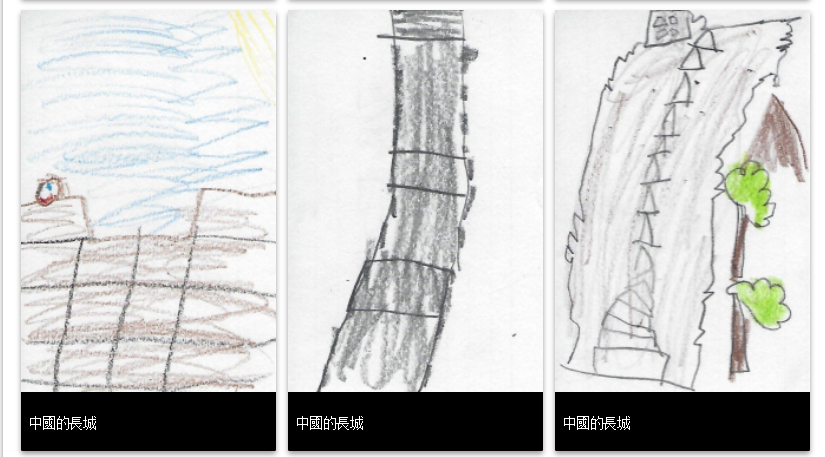Submitted by: Stephanie Norris
Collaborators: n/a
School: Laburnum Elementary
Summary
Students participated in a research and share project centered on a Children’s Engineering theme in order to better understand the elements of nonfiction while strengthening research and presentation skills. Students paired the reading of an autobiography or biography with digital research conducted through OneSearch. The students then created a visual presentation of the person they researched through a hand made card. The card was required to include a pop up, a moving lever, and must be physically representative of a contribution made by the person researched. Students then presented the project to the class. To conclude the project, students interviewed each other using Photo Booth to gain understanding of key design elements of the project.
TIPC Ratings
Target – Teacher provides students with rubric criteria prior to the commencement of the project to help students direct research. Teacher assesses student performance throughout each stage of the project to keep all students on the same timeline. Students selected appropriate tools (digital resources, OneSearch, encyclopedias, and print) to assemble information for research. Student then used information gained through research to create an innovative display of pertinent facts. This falls in the Target range because students chose and evaluated their resources and organized the information in an authentic task.
Developing – Teacher assessed student progress throughout each stage of the project to ensure
understanding. The student will collaborate with classmates with the problem and solutions for the project in order to develop multiple ideas and scenarios to solve the problem. They then collaborated in an interview format to assess how successful each project was in meeting required design criteria. This falls in the Developing range because the mode of communication was largely teacher directed and communication remained within the classroom.
Target – Teacher provided ongoing feedback throughout the project to assess understanding and project development. The student used multiple resources to plan, design, and isolate a design problem in creating a card highlighting his or her research. The student used technology to research a figure and to collaborate and self assess the oral presentation portion of the project. The students completed open-ended questions regarding the creation, research, and development portion of the project. The students then used Blooms question stems to help develop interview questions regarding a classmates project. This falls in the Target range because students used various strategies to solve problems on authentic tasks they chose for themselves, and they were involved in self-evaluation.
Approaching – Teacher provided ongoing feedback to each stage of the project. The student applied critical thinking skills in order to obtain critical information for his or her figure. The student used research methods such as using a variety of research material including digital and print resources. The student then designed and created an original display of important information on a figure of choice to assist classmates in recalling information on each person researched. This falls within the Approaching range because although the type of project was teacher selected, students chose the elements to incorporate, designed an original product useful for class review, and took part in self- and peer-evaluation to find ways to improve.
Student Artifact
Pop Up Biographies by Ms. Norris’s 4th Grade Class from HCPS Instructional Technology on Vimeo.





